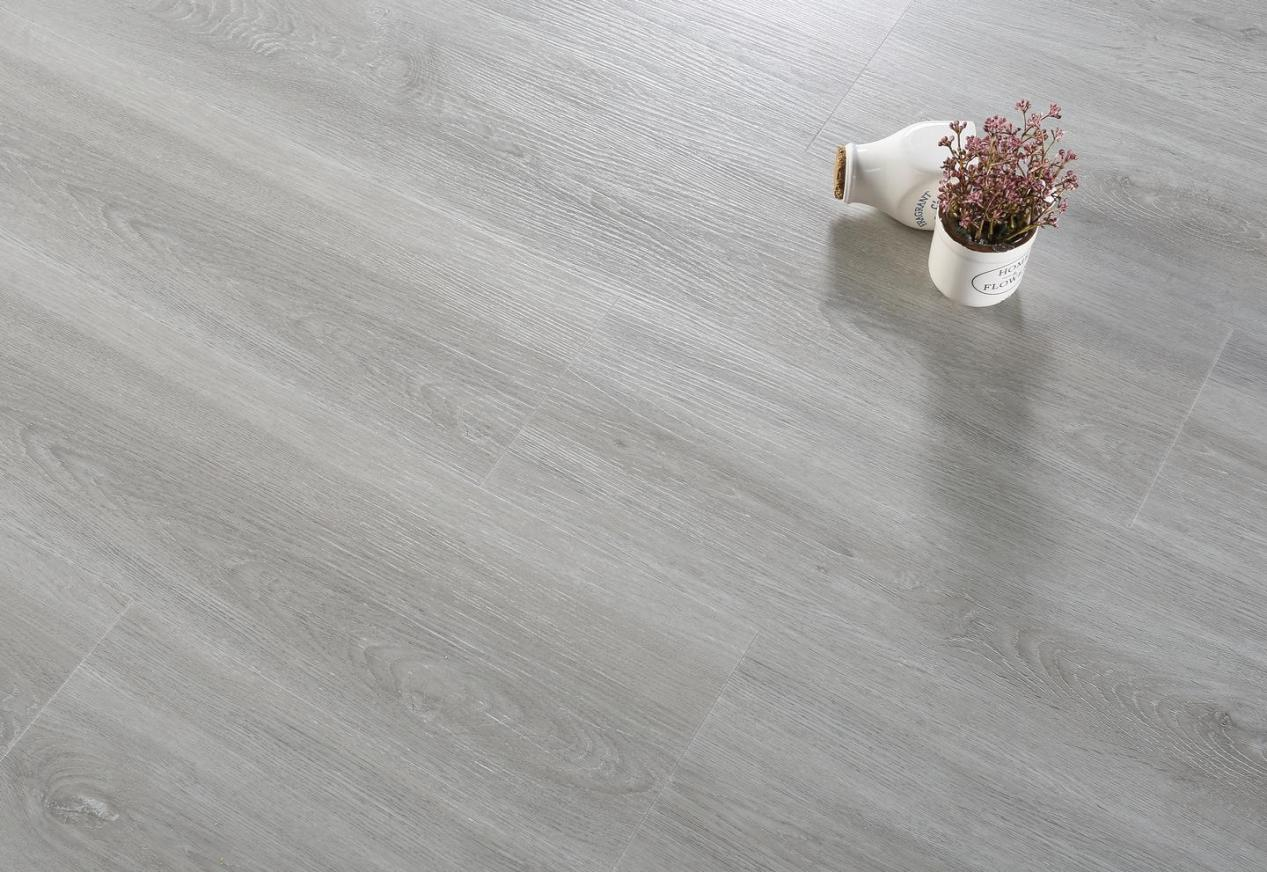The European market is not only suitable for SPC flooring, but from the perspectives of environmental standards, climate adaptability, and consumer demand, SPC flooring has become the ideal choice for the European market. The following analysis examines its suitability from multiple angles:
Environmental Standards Highly Aligned With European Market Demands
1. A “Passport” For Stringent Environmental Certification Thresholds
Europe leads the world in environmental requirements for building materials (e.g., EU CE, French A+, German EC1 certifications). SPC flooring, primarily made from polyvinyl chloride resin, contains no formaldehyde or heavy metals, and its production process is low-carbon and recyclable, naturally aligning with Europe's “green building” and “healthy home” concepts. For example, German law explicitly limits formaldehyde emissions from indoor building materials to ≤0.124 mg/m³. SPC flooring has virtually zero formaldehyde emissions, far exceeding the standard requirements.
2. A “Like-Minded Partner” In Sustainable Development Trends
Europe is advancing toward its “2050 carbon neutrality” goal, and the recyclable nature of SPC flooring (which can be recycled and reprocessed after disposal) has been included in the green building material lists of multiple countries. For example, Norway's “Building Materials Sustainability Guidelines” explicitly recommend SPC flooring for low-carbon building projects.

Climate and Scenario Adaptability: Comprehensive Coverage from Northern to Southern Europe
- Stability In Extreme Climates
Northern Europe's Cold and Humid Conditions: The stone-plastic base of SPC flooring exhibits excellent freeze resistance (-30°C without cracking) and waterproof/moisture-resistant performance suitable for humid environments such as basements and bathrooms (water absorption rate ≤0.1%). In Swedish households with underfloor heating during winter, no deformation issues have ever occurred.
Southern Europe's high temperatures and sunlight: The polyvinyl chloride material is heat-resistant (no deformation at 70°C), and the surface UV coating resists UV aging. After installation on the terraces of villas along Spain's Mediterranean coast, no fading or cracking has occurred after five years.
2. Durability In High-Traffic Scenarios
European commercial spaces (such as cafes, museums, and gyms) have extremely high requirements for floor durability. The wear-resistant layer of SPC flooring can reach AC5-AC6 grade (over 30,000 wear cycles), outperforming solid wood flooring (below AC3 grade). In the renovation project of Paris's Galeries Lafayette department store, the lifespan of SPC flooring was extended by 2-3 times compared to traditional flooring.

Precise Alignment With Consumer Habits And Market Demand
1. Diy Installation Aligns With Europe's “Do-It-Yourself Culture”
European consumers prefer to undertake home renovations independently. SPC flooring's lock-and-click adhesive-free installation (requiring no specialized tools and accessible to the average person) significantly lowers installation barriers. Data from British DIY retail chain B&Q shows that SPC flooring sales have grown at an annual rate of 25%, making it the “top choice for home renovation materials.”
2. Cost-effectiveness Advantage Counteracts High Labor Costs
Labor costs in Europe are high (e.g., German renovation labor rates are approximately 50-80 euros per hour). SPC flooring's low installation costs (saving 60% on labor costs compared to solid wood flooring) and long service life (over 10 years in commercial settings) make it a preferred choice for cost control in hotel and long-term rental apartment projects in countries like the UK and France.
3. Design Aesthetics Align with European Home Styles
Nordic minimalist style: SPC flooring with light oak or white ash wood grain patterns aligns with Sweden and Denmark’s preference for “natural wood + minimalist” design;
Mediterranean retro style: SPC flooring with marble or terracotta brick patterns perfectly recreates the traditional architectural texture in Spain and Italy’s old-house renovations while avoiding the bulkiness and maintenance challenges of natural stone.
From environmental compliance to climate adaptability, from consumer habits to policy support, the suitability of SPC flooring in the European market has been validated by data and case studies. If you're interested in GKBM SPC flooring, please contact info@gkbmgroup.com.
Post time: Jun-02-2025




